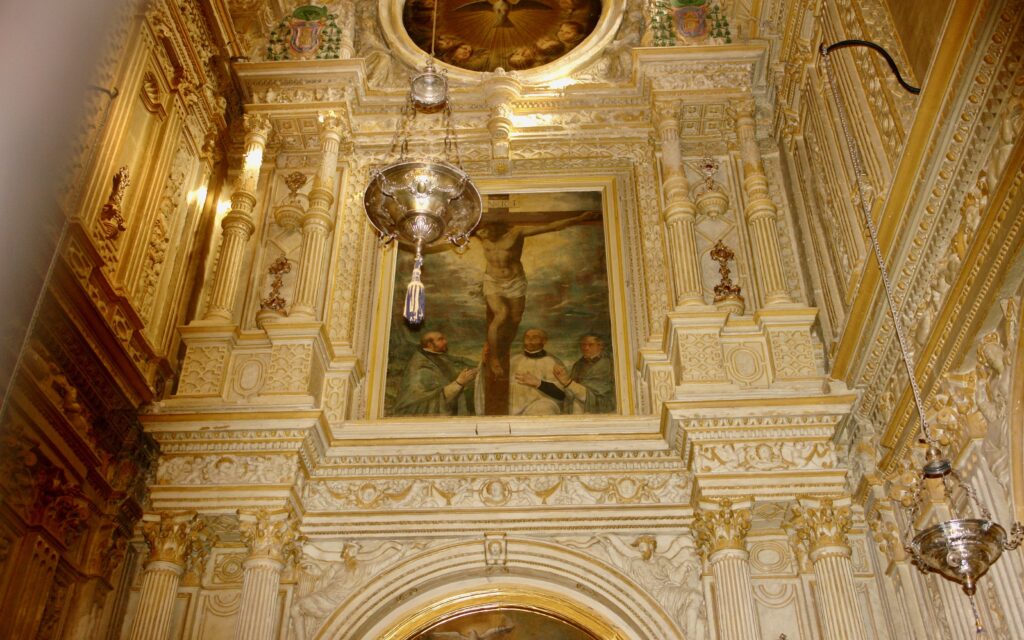
Two iconic religious buildings are in danger of having their history rewritten, the Mezquita in Córdoba and the Hagia Sophia in Istanbul. A couple of years ago I wrote a blog about the Catholic Church’s plans to wipe out all traces of Córdoba’s Islamic past, now I have learned that something similar is happening to the Hagia Sophia.
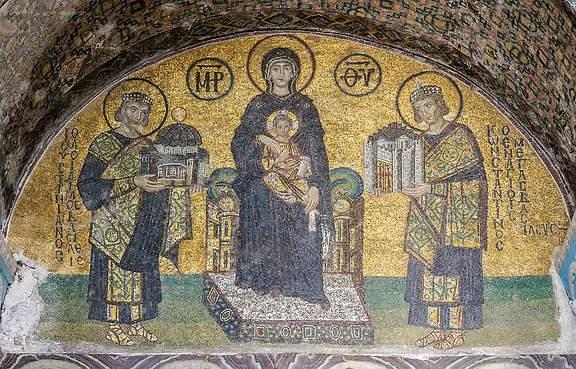
In 2006, when they purchased the city’s famous mosque, known as The Mezquita, for the risible sum of €30, the justification used by the then Bishop of Córdoba was that in the year 1236 AD Ferdinand III of Castile had decided that the site of the mosque should be “consecrated and converted into a cathedral.” This he felt was justification enough for his actions. At the time of writing the blog, I was surprised, dismayed and unable to understand how this could be allowed to happen, especially in view of the hostility to these plans from the people of Córdoba, who have been protesting about it for some time. For example, back in 2015, someone had removed the Mezquita from Google maps and replaced it with the Cathedral of Córdoba. Google was inundated with complaints, and in three days over 55,000 signatures were received demanding it to be reinstated. Now it seems that far from being deterred by this long running opposition, the current Catholic Bishop of Córdoba is pressing ahead with plans to diminish the city’s Islamic heritage.
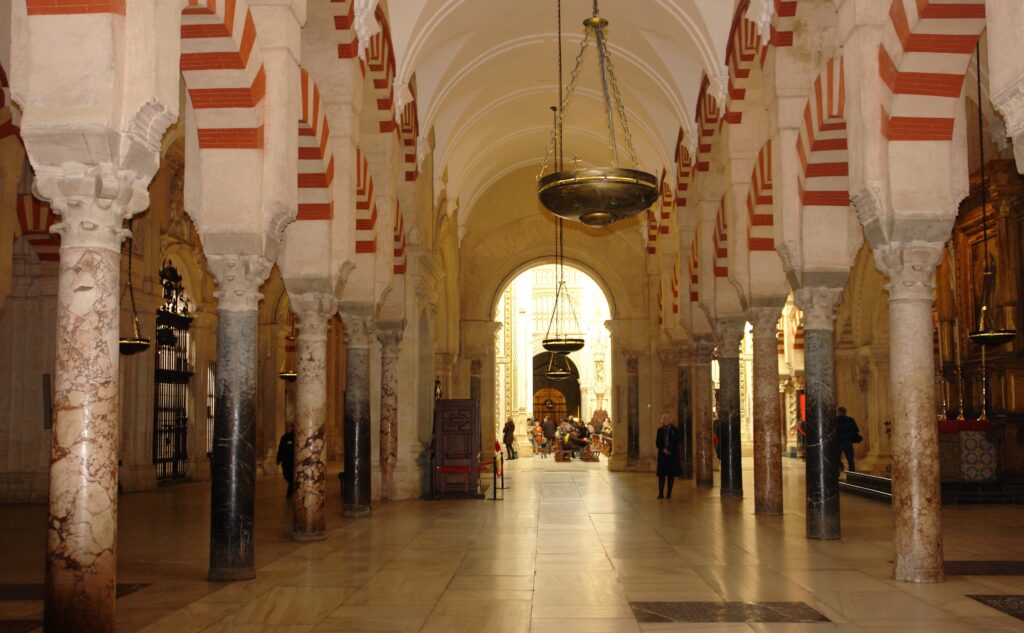
Over thirty years ago, the mosque was declared to be a World Heritage site and as such cannot be owned by any individual or institution, yet this does not seem to deter the bishop. A law passed in 1946, during the Franco regime allowed the Catholic Church to acquire thousands of properties in its name, and in 1998, the Spanish government of the day extended this right to cover places of worship. The Church swallowed up hundreds of cemeteries, chapels and cathedrals; one estimate is of 4,500 properties, but the most controversial of these was the purchase of the Mezquita in Córdoba.
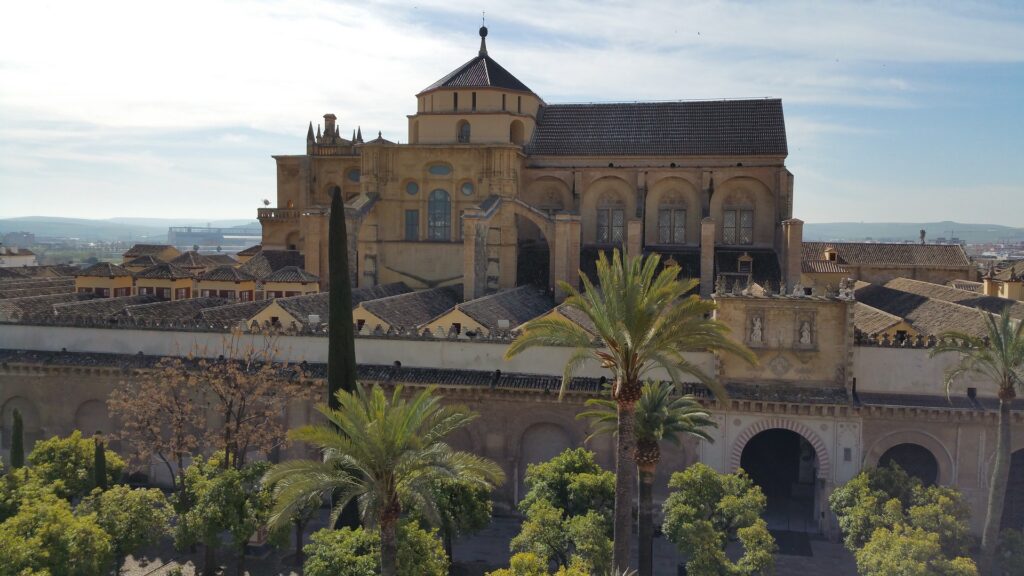
Last month the Spanish newspaper El Pais published an article which says that a new report by the Bishop of Córdoba wants to redesign the entire space of the mosque-cathedral to ensure that Córdoba is no longer viewed as a Muslim city. He is referring to a city which, in the 9th and 10th centuries was the cultural centre of learning in the western world and its most important city. Muslim Córdoba was rich, powerful and at peace with its neighbours, with educational and trade links across all the known world; it had numerous universities and libraries, and the caliph’s library alone had 400,000 books. The city had paved roads, street lighting, running water, sanitation; it was a modern city. Its inhabitants were not just Muslims, both Jews and Christians lived there as well, and all three religions lived in a spirit of convivencia.
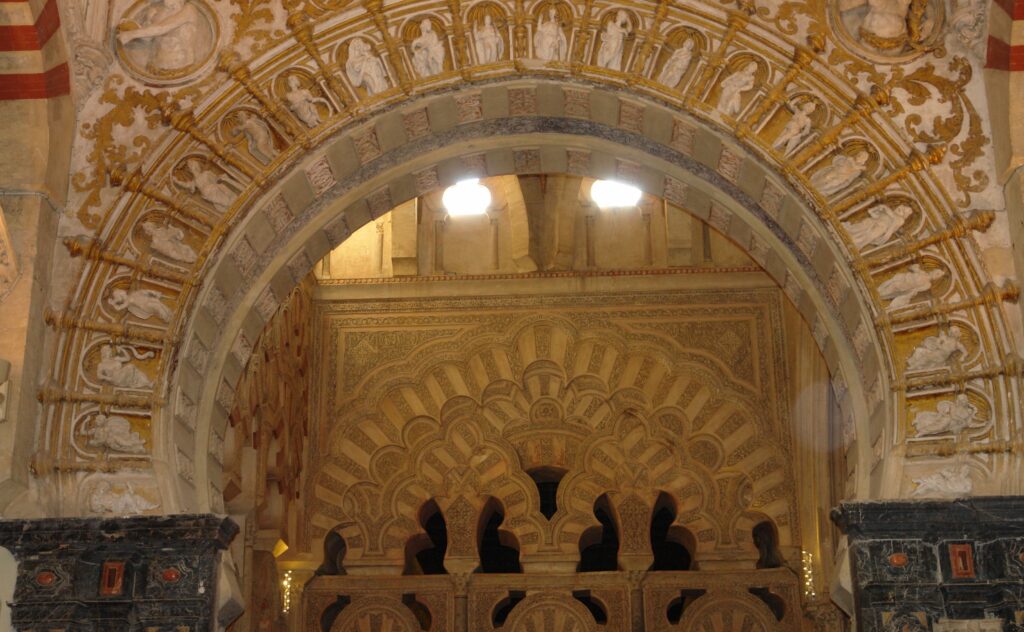
The Bishop of Córdoba’s complaint is that the Muslim mosque diminishes the heritage of the Visigoth, Roman and Christian past of the city, yet many people regard the city, particularly the architecture of the Mezquita, as a brilliant hybrid of east and west techniques. The citizens of Córdoba continue to object to the changes being made by the Catholic Church, which has changed the official name of the site to the Cathedral of Córdoba, and gradually removed any mention of the mosque and its Islamic past from all its literature.
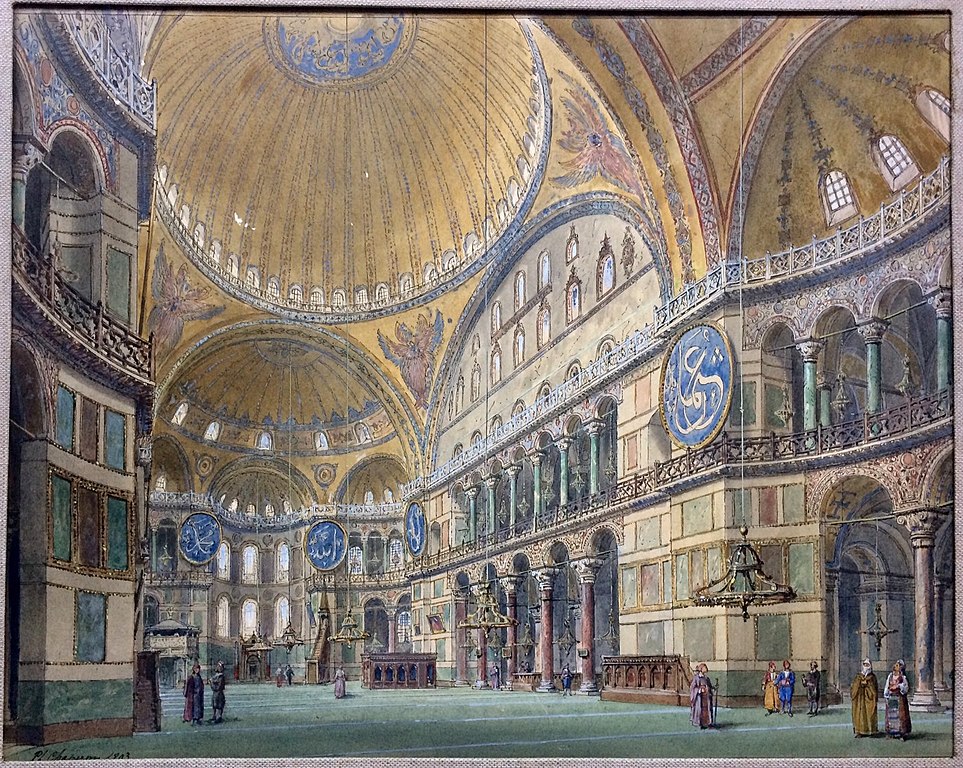
This week, a friend, knowing I was interested in the history of Córdoba’s Mezquita, sent me an article which shows that the Hagia Sophia Grand Mosque in Istanbul is undergoing the same cultural fight as the Mezquita in Córdoba, but in reverse. Hagia Sophia was built in Constantinople in 537 AD, under the orders of the Emperor Justinian, the ruler of the eastern part of the Roman Empire at the time. It remained the Orthodox Church spiritual centre of the Byzantine Empire until 1453 when the city was captured by the Ottomans. Then the city became known as Istanbul instead of Constantinople and the name of the Hagia Sophia Cathedral was changed to Ayasoya when it became the city’s first mosque. With the fall of the Ottoman empire after the First World War, Turkey became a secular state. Then in 1935 the cathedral-mosque was turned into a museum and no-one was allowed to worship there. In 1985 UNESCO declared the building it to be a World Heritage Site.
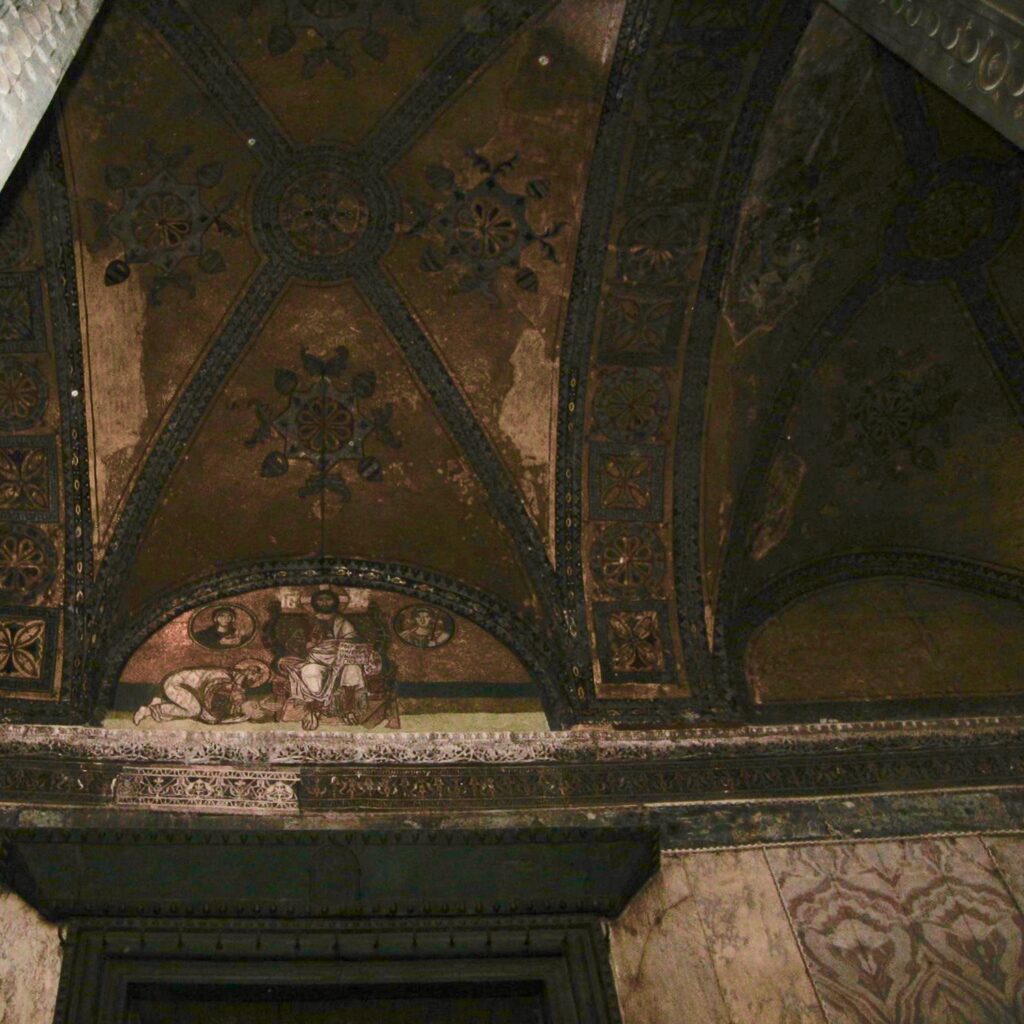
I visited Istanbul in 2007 and was impressed by the beauty of the city, particularly the Hagia Sophia and its interior with its stunning mosaics and the awe inspiring dome which, over the centuries, has been referred to as ‘seeming to be suspended from the heavens‘ because of the cleverness of its design. It remained a museum for eighty-five years when, under the rule of President Recep Tayyip Erdoğan, its jurisdiction was handed over to the Directorate of Religious Affairs and it was reinstated as a mosque in 2020. Now all the beautiful Christian mosaics are covered by curtains while Muslim prayers take place and who knows what other changes the Directorate will feel obliged to make in the name of religion. We can only wait and see.
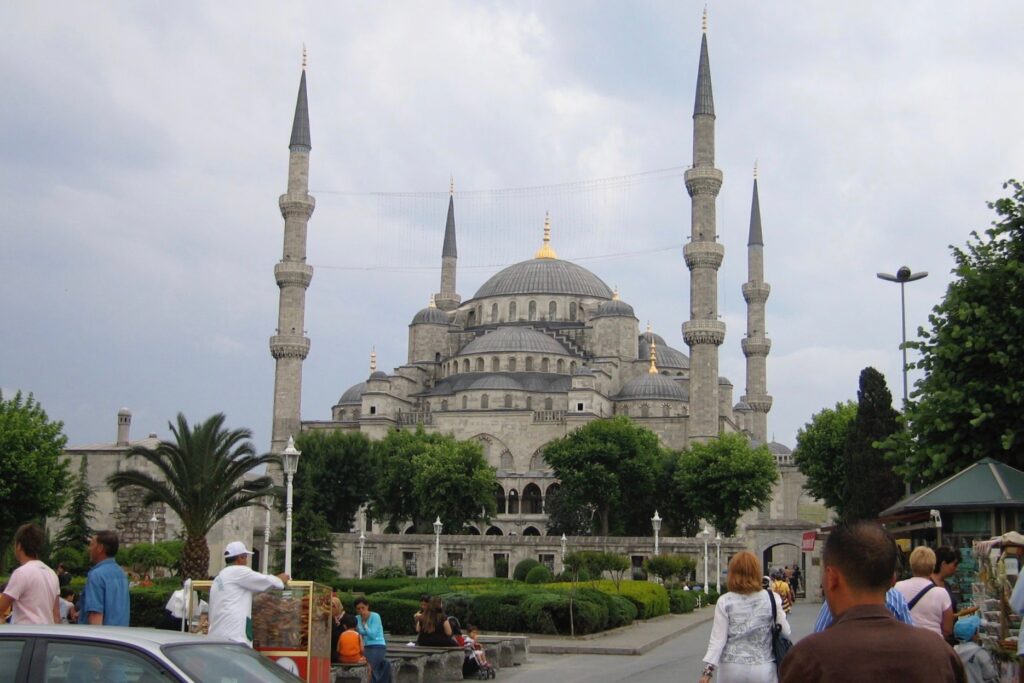
The cathedral-mosque of Hagia Sophia has always been, and I hope will be in the future, a symbol of the beauty that man is capable of creating in the name of a spiritual deity, and likewise the Mezquita in Córdoba. They have both existed for many, many years and deserve to be used, understood and enjoyed by everyone. Changes come and go but that does not mean we have the right to eradicate the past. We cannot alter history, so what good does it do to try to hide it?
While researching this article I came across the following quotation and I feel it is very apt in this case:
A work of art “has more memory and more future than the being who contemplates it.” – Georges Didi-Huberman (2003)
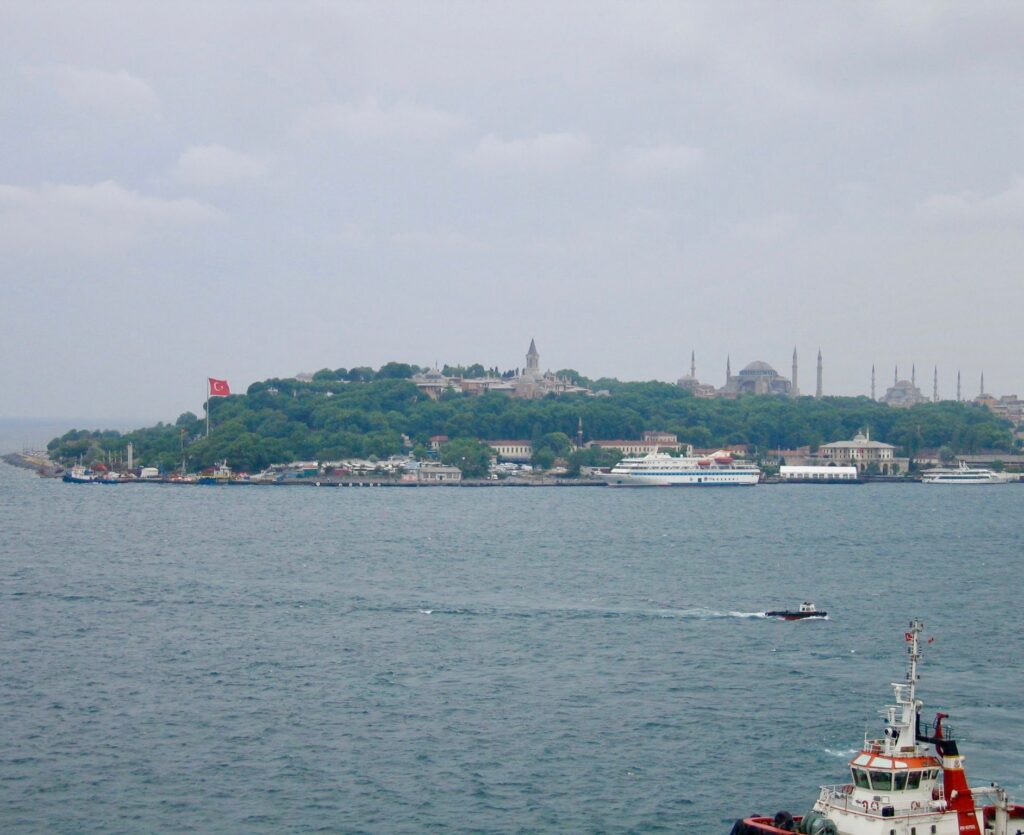

5 Responses
Very worrying I agree! I particularly like quote at the end. How true!
Wonderful essay. I revisited the Mesquite last year and was dismayed by how Christian it seemed. My memory of it 20 years ago was of a beautiful internal space. This time I noticed all the chapels round the walls. They must have been there 20 years ago. Is it my faulty memory or something more subtle going on, like a change in the lighting?
That’s very worrying. I haven’t actually been inside the Mesquite in some time. I must go back and visit it, although it sounds as though I will be very disappointed. Thanks for your comments.
Wow, thank you for sharing.
Thank you for your comment. I’m glad you found it interesting. If you want to receive news about my new books and special offers you can sign up for my newsletter on my webpage. Joan